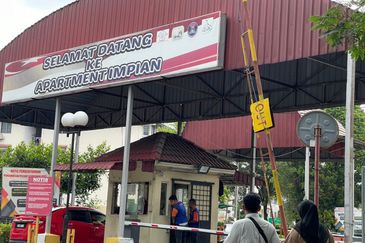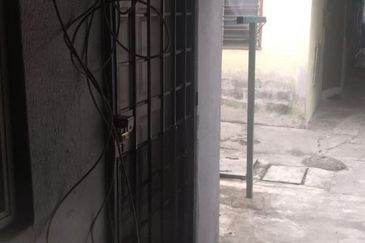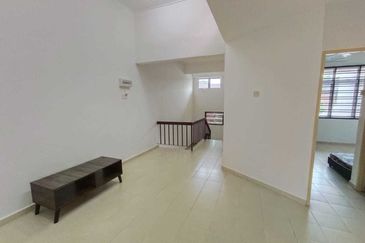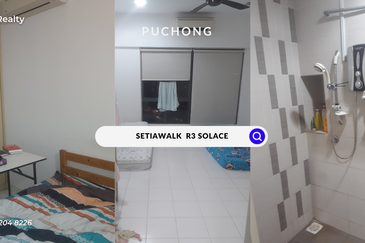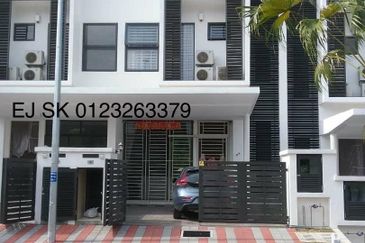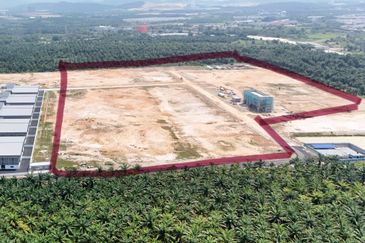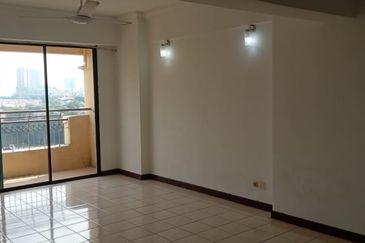
KUALA LUMPUR (Aug 24): Property prices in Kuala Lumpur, Penang and Johor have outstripped the national median housing price of RM242,000, which is already considered "seriously unaffordable" at 4.4 times the national median annual household income of RM55,020.
This finding was revealed at the launch of the “Making Housing Affordable” report by Khazanah Research Institute today.
The report is in-depth look into housing affordability in Malaysia in the context of housing as an economic sector, and calls for shifting the focus of housing policy from demand-led initiatives to reducing inefficiencies in housing supply.
According to the report, the signal of a well-functioning market is when the median price of the whole housing market is three times the median annual household income.
In a state-by-state breakdown, the report shows that in 2014, Kuala Lumpur and Penang fell into the “severely unaffordable” market with median market prices of RM274,320 (5.4 times the KL median annual household income of RM91,440) and RM169,272 (5.2 times the Penang median annual household income of RM56,424) respectively.
Meanwhile, Johor fell into the “seriously unaffordable” category with a median market price of RM187,092, or 4.2 times the state’s annual median income of RM62,364.
The “moderately unaffordable” and “affordable” markets include the states of Selangor, Negeri Sembilan and Melaka. Selangor has a median market price of RM223,704 (annual median income: RM74,568); Negeri Sembilan, RM148,608 (annual median income: RM49,536); and, Negeri Sembilan, RM181,044 (annual median income: RM60,346).
At the launch, KRI managing director Datuk Charon Mokhzani said there is a popular misconception that high land prices are the cause of expensive house prices.
“The high prices of houses are what causes high land prices, not vice versa,” he emphasised.
“Construction costs have also been failing, but there is no drop in house prices.”
The report listed interlinked reforms and measures for the national procurement system to deliver housing more efficiently.
The first is to develop a designated procurement method for affordable housing intended to consolidate firms along the value chain.
“Primarily, this involves moving away from traditional general contracting towards a design-and-build or turnkey governance structure and forming framework agreements with materials suppliers,” said director of research, cities programme, Suraya Ismail.
The other reform is to reduce pressures leading to rapid escalation of house prices.
“In order to buffer housing units supplied through the designated procurement method, a five-year moratorium should be applied to such units” said Suraya.
The third reform involves developing a plan for a steady supply of housing at affordable prices.
“The creation of an integrated database for housing -- as recommended in the 11th Malaysia Plan -- would provide information needed for efficient planning of housing supply according to effective demand and socio-economic requirements,” said Suraya.
TOP PICKS BY EDGEPROP
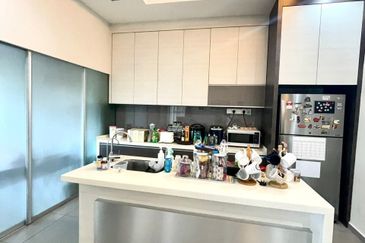
Seksyen 8, Kota Damansara
Kota Damansara, Selangor

Puncak Hijauan (Hijauan Heights)
Bangi, Selangor
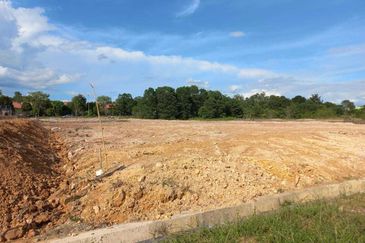
Kawasan Perindustrian Bukit Rambai
Bukit Rambai, Melaka

Bandar Damai Perdana
Bandar Damai Perdana, Selangor
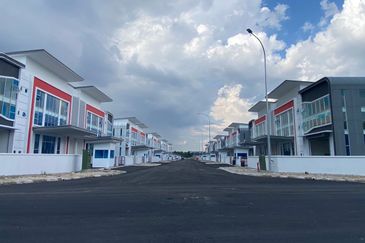
Suria Industrial Park (SIP)
Sepang, Selangor

Suria Industrial Park (SIP)
Sepang, Selangor

Bukit Jalil Golf & Country Resort
Bukit Jalil, Kuala Lumpur



